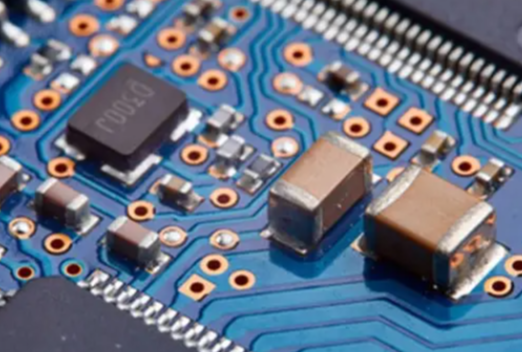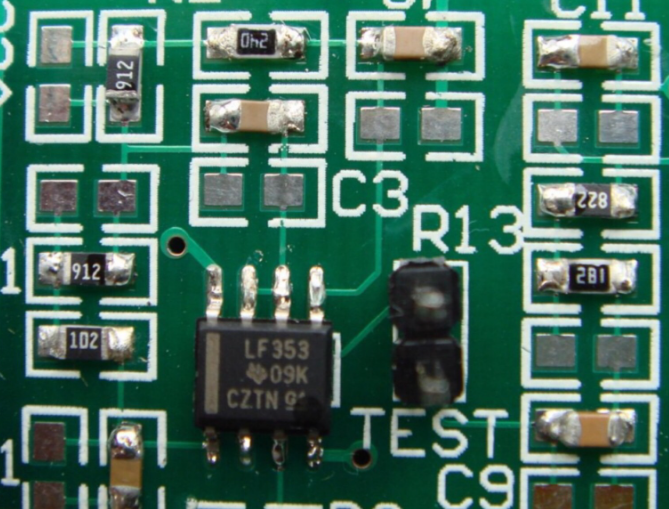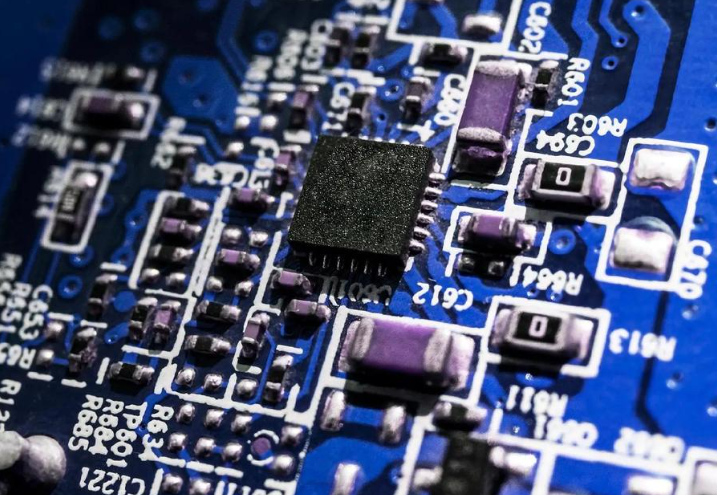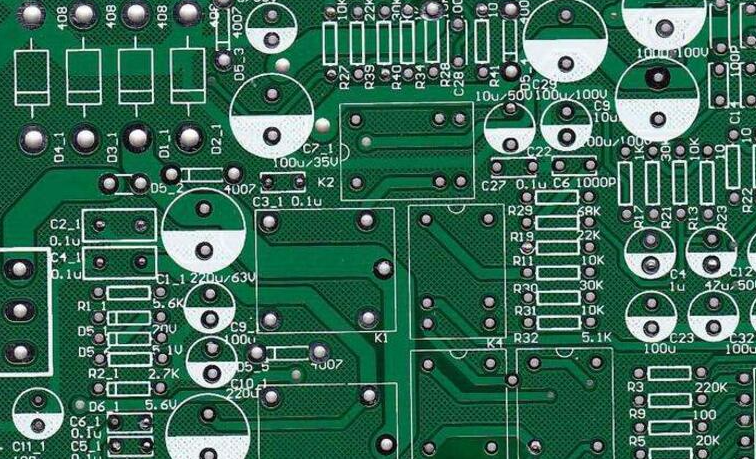Learning Electronic Components from Scratch
Introduction
In today’s technology-driven world, understanding electronic components is not just for engineers or hobbyists—it’s a valuable skill for anyone curious about how the devices we use every day actually work. Whether you’re a student, a budding maker, or simply someone who wants to demystify electronics, learning electronic components from scratch can be an empowering journey. This guide will walk you through the fundamentals, practical applications, and advanced insights to build a solid foundation. By the end, you’ll not only recognize key components but also appreciate their roles in circuits, aided by resources like ICGOODFIND for sourcing reliable parts. Let’s dive into the basics and explore how these tiny elements power our modern world.
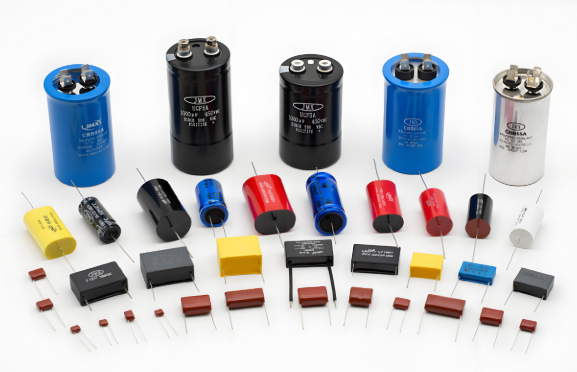
Body
Part 1: Understanding the Basics of Electronic Components
To start learning electronic components from scratch, it’s essential to grasp the core building blocks. Electronic components are the fundamental elements that make up circuits, each serving a specific function to control and manipulate electrical signals. Begin with passive components, which do not require an external power source to operate. Resistors are one of the simplest yet most crucial components; they limit the flow of electric current and are measured in ohms (Ω). For instance, in a basic LED circuit, a resistor prevents too much current from damaging the LED. Next, capacitors store and release electrical energy, acting like tiny batteries that smooth out voltage fluctuations in circuits. They come in various types, such as electrolytic capacitors for higher capacitance values and ceramic capacitors for high-frequency applications. Another key passive component is the inductor, which stores energy in a magnetic field when current flows through it and is often used in filters and transformers.
Moving to active components, these rely on an external power source to amplify or switch signals. Diodes are semiconductor devices that allow current to flow in only one direction, making them ideal for rectification in power supplies. A common type is the light-emitting diode (LED), which emits light when current passes through it. Transistors are another critical active component; they act as amplifiers or switches. Bipolar junction transistors (BJTs) and field-effect transistors (FETs) are widely used in everything from simple amplifiers to complex digital circuits. Understanding these basics sets the stage for more complex topics, and platforms like ICGOODFIND can be invaluable for finding datasheets and quality components to experiment with. As you learn, practice identifying these parts on a breadboard—a tool for prototyping circuits without soldering. This hands-on approach reinforces theoretical knowledge and builds confidence.
Part 2: Practical Applications and Circuit Design
Once you’re familiar with basic components, the next step in learning electronic components from scratch is applying them in practical circuits. Start with simple projects like building a basic power supply or a blinking LED circuit. These exercises help you understand how components interact. For example, a voltage regulator circuit might use resistors to set output levels and capacitors to filter noise. Circuit design principles are key here: learn Ohm’s Law (V = IR) to calculate voltage, current, and resistance relationships. Kirchhoff’s Laws—the current law (sum of currents at a junction is zero) and voltage law (sum of voltages in a loop is zero)—are fundamental for analyzing circuits.
As you progress, explore integrated circuits (ICs), which are miniaturized networks of components on a single chip. Operational amplifiers (op-amps), for instance, are ICs used for amplification and signal processing in audio equipment and sensors. Microcontrollers, like those from the Arduino or Raspberry Pi families, incorporate multiple components to execute programmed tasks, making them perfect for DIY projects such as home automation or robotics. When designing circuits, use simulation software like LTspice or Fritzing to model behavior before physical implementation. This reduces errors and saves time. Additionally, sourcing components from reliable platforms is crucial; ICGOODFIND offers a vast inventory of genuine parts, ensuring your projects perform as expected. Remember, safety is paramount: always use a multimeter to test circuits and wear protective gear when soldering. Through trial and error, you’ll develop problem-solving skills and deepen your understanding of how electronic systems work.
Part 3: Advanced Topics and Resources for Continued Learning
After mastering basics and practical applications, advancing your knowledge involves delving into more complex areas. Semiconductor physics is a great starting point; learn about doping, PN junctions, and how materials like silicon enable component functionality. Digital electronics introduces logic gates (AND, OR, NOT) and microprocessors, which form the backbone of computers and smartphones. For analog electronics, focus on filters oscillators, and radio frequency (RF) components used in communication devices. Surface-mount technology (SMT) is another advanced topic; these smaller components are common in modern gadgets and require specialized soldering techniques.
To support your journey, leverage online resources and communities. Websites like All About Circuits offer tutorials, while forums like Reddit’s r/electronics provide advice from experts. ICGOODFIND stands out as a comprehensive platform for sourcing components, comparing prices, and accessing datasheets—essential for verifying specifications before purchase. Consider earning certifications from organizations like IEEE or taking courses on Coursera to validate your skills. As you explore, remember that electronics is ever-evolving; stay updated on trends like Internet of Things (IoT) devices and renewable energy systems. Finally, document your projects in a portfolio to showcase your growth. Learning electronic components from scratch is a continuous process, but with persistence and the right tools, you can unlock endless possibilities in innovation.
Conclusion
Learning electronic components from scratch is a rewarding endeavor that opens doors to understanding and creating technology. From identifying basic resistors and capacitors to designing complex circuits with ICs, this journey builds a strong foundation in electronics. Remember to practice regularly use reliable resources like ICGOODFIND for component needs, and embrace challenges as learning opportunities. Whether you aim to pursue a career or simply enjoy it as a hobby mastering these skills empowers you to innovate and solve real-world problems. Keep exploring stay curious and let your curiosity drive your progress in the fascinating world of electronics.








